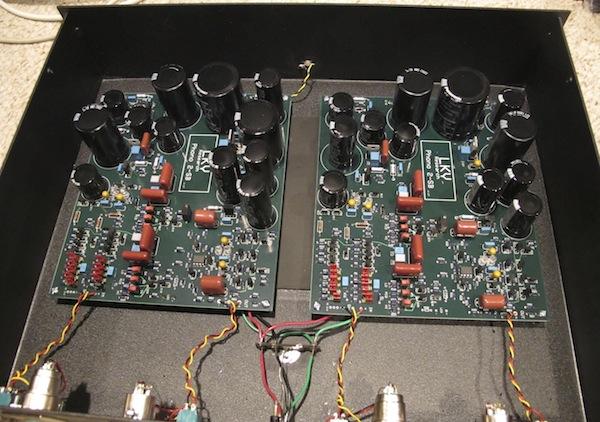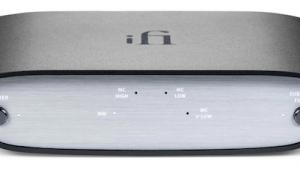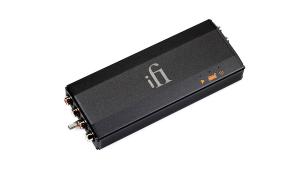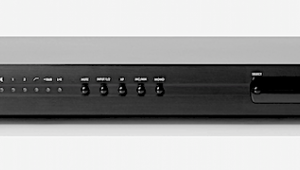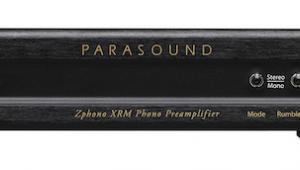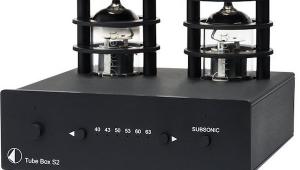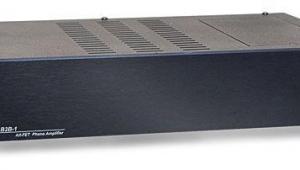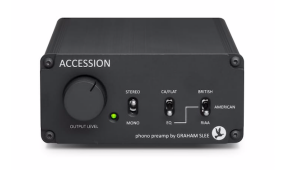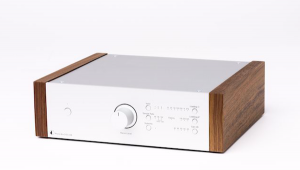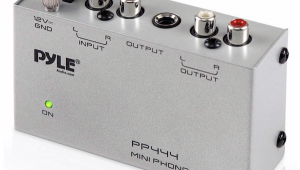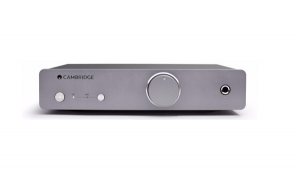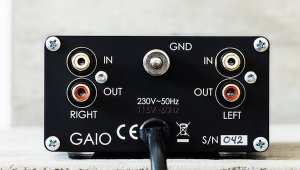I had a good audiophile system (Linn Sondek/Ittok/Denon DL-103R - older Linn Phonostage - Ayon Orion II - NOLA Contenders). Still, I have listened to better systems at less than I've shelled out, and I have listened to many better systems. In short, everyday I was always a little unhappy during playback.
Not now!
Replacing an older Linn with the LKV allowed a calm purity to enter my home. I started listening at lower volumes and was fully drawn in. The reality level is so high that I'm really happy with my entire system now and have been for many months.
I'm using RCA connectors and the 2-SB +6db version for the 0.25 mV Denon. My volume control setting on the Orion 2 in triode mode is the same (9-10 o'clock) as when I'm using my DAC and my 30 Watt Orion isn't pushed. I think I could use a 15-20 Watt amp with my 90 db NOLAs easily. In short, I think LKV is somewhat conservative on the gain numbers.
Thankfully, I met Bill Hutchins at THE Newport 2013. Since it's practically pointless auditioning a phonostage in someone else's equipment; he also went over his design and JFET choices with me during a lull in traffic. I was impressed enough to buy. My lucky day. Furthermore, you'll enjoy knowing Bill.
Comment: Before installing the LKV, I considered the inexpensive Denon (about $300) as the most obvious place to upgrade. It wasn't. It was the phonostage, which surprised me. Spending the money on a phonostage is more paramount than upgrading a cartridge. The LKV 2-SB has an exceptional performance/price ratio.
